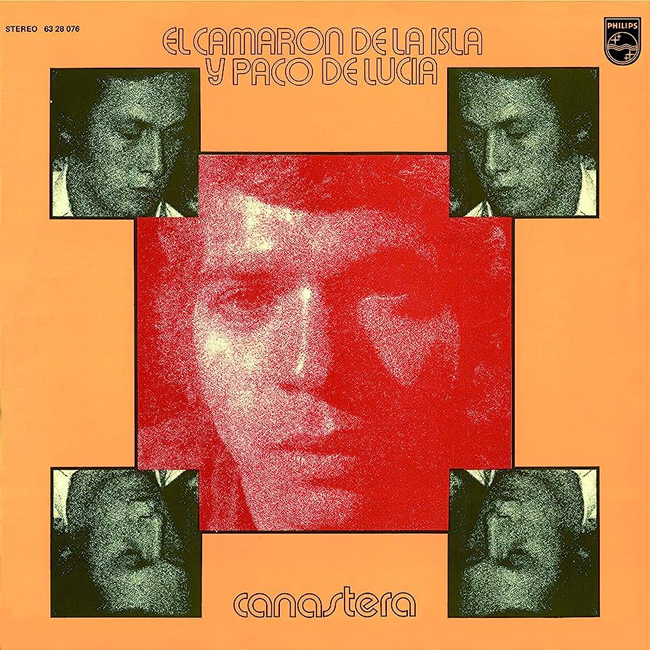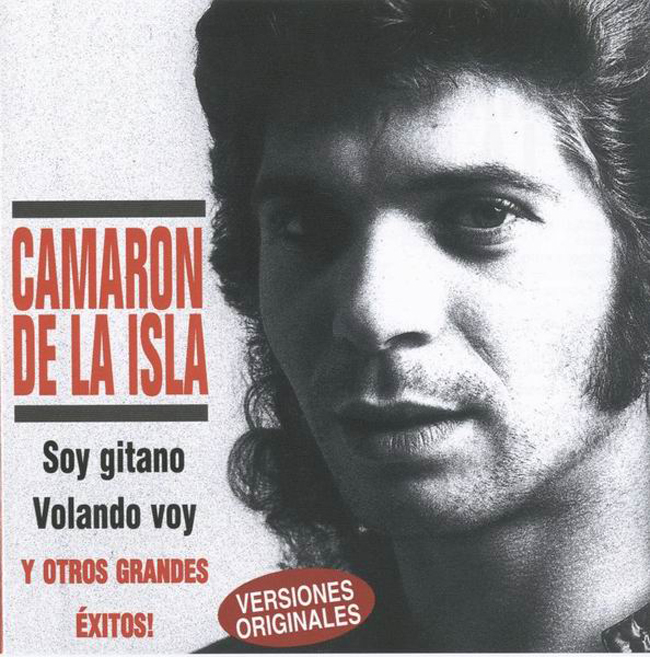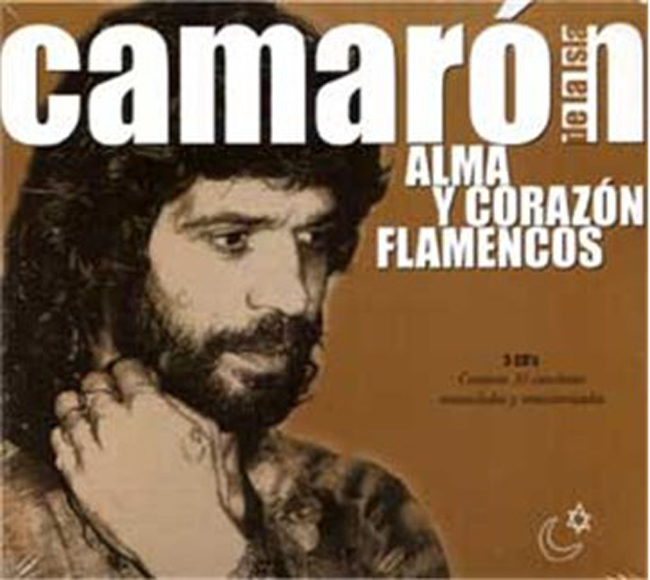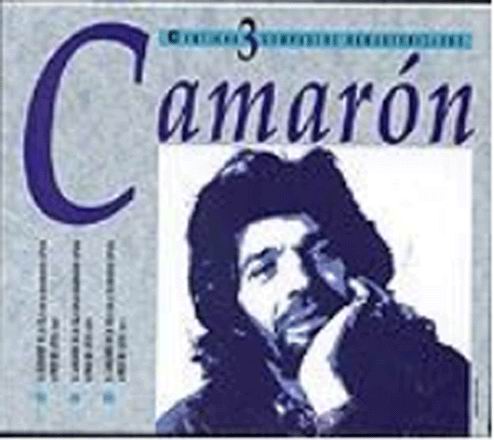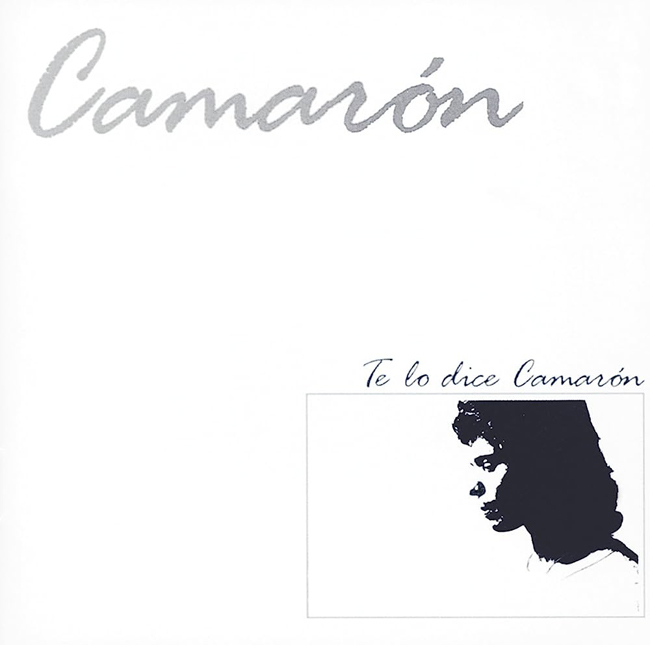- Contacto |
-
Teléfono
|
(+34) 91 542 72 51.
We’re open from Monday – Friday 10h-13:30h / 17:00-20:00h and Saturdays 10h-13:30h (GMT + 1).
In 2024, we will be closed for holidays on the 1st and 6th January, 28th, 29th, and 30th March, 1st, 2nd, and 15th May, 25th July, 15th August, 12th October, 1st and 9th November, 6th, 7th, and 25th December.
Our shop is located in Calle Campomanes nº 4, Madrid 28013 España (Ópera Metro Station) - Ayuda |
- Lista de precios |
- Situación de pedido |
- Acceso Mayoristas
- 🚚 📦 WORLDWIDE SHIPPING ✈️ 🌍
🚚 📦 WORLDWIDE SHIPPING ✈️ 🌍
Canastera - Camaron de la Isla
Ref: 50112UN63
15'10 €
Hay errores en el formulario
$13'64
Quantity:
Available stock: 1
If the product is in stock the delivery is immediate. Otherwise, the fabrication time is 3 working days
The price in $ is an indicator, as the exchange rates are changing constantly.
Shipment period:
If the product is in stock the delivery is immediate. Otherwise, the fabrication time is 3 working days
Description:
'Canastera' seems to show the most experimental sides of these two flamenco virtuosos. It coincided temporarily with the flamenco 'duende' of Paco de Lucía (1972) y reflects the sound of that time with echoes and rever effects. It starts with an attempt at creating Cante, 'La Canastera', with a chorus that brings back the memories of the copla 'Ojos Verdes', originally written by Valverde, León y Quiroga, based on the variations that Paco de Lucía was applying to the Rondeña way of playing of Ramón Montoya. The whole CD breathes thanks to the innovations put forward by Paco de Lucía in songs like 'El Duende', and he even advances 'falsetas' of his next record 'Fuente y Caudal', in the song 'Soleares y Cartagena'. There are also slow 'tangos por granaínas', some verdiales started as 'falseta de soleares' but played with a bulería flair, an unusual bulería anyway without clapping where Paco performs several falsetas from 'Punta del faro', proposing a wide array of round offs to the cante, which became a popular model for accompanying artists and the source of Tomatito's style for this particular 'palo'. What is interesting are the original answers to Camarón, unusual and differents to whatever he had recorded, and above all, the frequent use of 'paso' chords (chords in seventh minor) to move from one grade to another in the Anadalucian cadences; and Camarón cante that grows in character while developing part of the traditional melodies on top of that, searching for the chord dissonance marked by the guitar, something that will produce certain feeling of 'out of tune' for an ear educated in the traditional way: Camarón de la Isla style was starting to bloom.
Reviews:
'Canastera' seems to show the most experimental sides of these two flamenco virtuosos. It coincided temporarily with the flamenco 'duende' of Paco de Lucía (1972) y reflects the sound of that time with echoes and rever effects. It starts with an attempt at creating Cante, 'La Canastera', with a chorus that brings back the memories of the copla 'Ojos Verdes', originally written by Valverde, León y Quiroga, based on the variations that Paco de Lucía was applying to the Rondeña way of playing of Ramón Montoya. The whole CD breathes thanks to the innovations put forward by Paco de Lucía in songs like 'El Duende', and he even advances 'falsetas' of his next record 'Fuente y Caudal', in the song 'Soleares y Cartagena'. There are also slow 'tangos por granaínas', some verdiales started as 'falseta de soleares' but played with a bulería flair, an unusual bulería anyway without clapping where Paco performs several falsetas from 'Punta del faro', proposing a wide array of round offs to the cante, which became a popular model for accompanying artists and the source of Tomatito's style for this particular 'palo'. What is interesting are the original answers to Camarón, unusual and differents to whatever he had recorded, and above all, the frequent use of 'paso' chords (chords in seventh minor) to move from one grade to another in the Anadalucian cadences; and Camarón cante that grows in character while developing part of the traditional melodies on top of that, searching for the chord dissonance marked by the guitar, something that will produce certain feeling of 'out of tune' for an ear educated in the traditional way: Camarón de la Isla style was starting to bloom.












